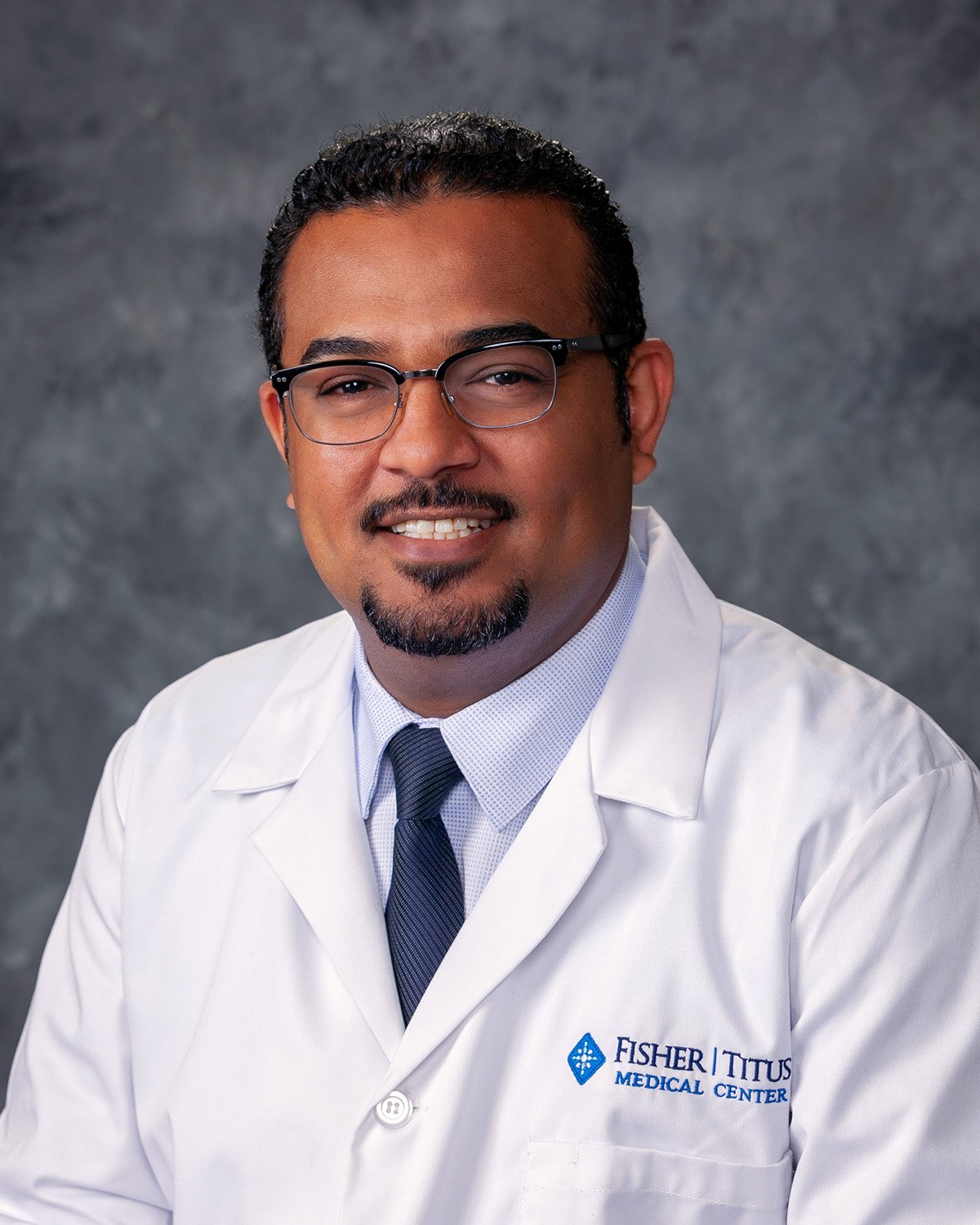What is Carotid Stenosis?
By: Dr. Mohamed Osman, Vascular Surgeon
 During heart month, we become more aware of the health of our heart, symptoms of heart attacks, and more. However, our body is full of veins and arteries that can become clogged over time just like the arteries near your heart. Some of the most important of these are the carotid arteries.
During heart month, we become more aware of the health of our heart, symptoms of heart attacks, and more. However, our body is full of veins and arteries that can become clogged over time just like the arteries near your heart. Some of the most important of these are the carotid arteries.
About Carotid Stenosis
Carotid stenosis, also known as carotid artery disease, is the narrowing of the arteries that carry oxygen-rich blood from the heart to the brain. Carotid stenosis can develop slowly over time with little to no symptoms, but it can eventually have serious complications. Carotid stenosis is estimated to cause 20-30% of strokes in the United States.
Normal, healthy arteries are flexible with smooth inner walls. Over time, plaque—a sticky substance made of fat, cholesterol, calcium, and other fibrous material—can build up on the inner walls of arteries causing them to narrow and become rigid. This process is also known as atherosclerosis.
Causes and risk factors for Carotid Stenosis
Carotid stenosis is most often caused by atherosclerosis in the carotid arteries. It can begin as early as your 30s but it usually takes decades to cause symptoms. Some things that can contribute to an increased risk for damage in the arteries are:
- High blood pressure
- Diabetes
- High cholesterol (LDL cholesterol)
- Obesity
- Coronary artery disease
- A family history of carotid stenosis
- Advanced age
- Smoking
Symptoms
Symptoms of carotid stenosis do not typically develop until the artery is severely narrowed or a clot has formed. For many people, the first sign of carotid stenosis is a mini-stroke, also known as a transient ischemic attack (TIA). A TIA happens when blood flow to the brain is temporarily interrupted and then restored so, the symptoms usually last a couple minutes and then resolve completely. However, these symptoms shouldn’t be ignored. A TIA can be a warning that a major stroke and/or brain injury could be down the road.
The symptom of a TIA are similar to those of a stroke. These can be remembered with the acronym, BE FAST:
- Balance – sudden loss of balance
- Eyes – lost or blurry vision in one or both eyes
- Face – unevenness in the face
- Arms – weakness or numbness in one arm
- Speech – slurred speech, trouble speaking, or confusion when speaking
- Time – time is of the utmost importance when experience a TIA or stroke so you should call 911 or go to the nearest emergency room
Diagnosis and treatment
If you experience any signs or symptoms of stroke—even if they don’t last very long—you should talk to your doctor. Additionally, you should talk to them if you have any risk factors for carotid stenosis. They can recommend management and treatment of these factors. Talking to a doctor early can also increase your chances that carotid stenosis will be found and treated early.
A doctor can use any symptoms you’ve experienced, medical history, family history, and risk factors to help determine if you have carotid stenosis. They can also perform a physical exam where they may listen to your carotid artery with a stethoscope. This can help them detect a swishing noise called a “bruit” that can be a sign of turbulent blood flow caused by atherosclerosis.
Depending on the results of this exam and your personal history, additional tests may be recommended such as doppler ultrasound of the neck, a CT angiogram of the neck, magnetic resonance angiography (MRA), or cerebral angiogram. A diagnosis of carotid stenosis can be reached if tests show diminished blood flow in one or both carotid arteries.
In treating carotid stenosis, the goal is to reduce the risk of stroke. There are various treatment options depending on the severity. These include:
- Medications (antiplatelet, cholesterol-lowering statins, and antihypertensive)
- Carotid endarectomy, an open surgery to remove the plaque
- Carotid angioplasty/stenting, a minimally invasive procedure that compresses the plaque and widens the artery
- Carotid artery bypass, a surgery that reroutes the blood supply around the blocked area
About Dr. Osman
Dr. Mohamed Osman is a vascular surgeon with Fisher-Titus Heart & Vascular. Dr. Osman specializes in aortic aneurysm repair, complex aortic dissection, blockage in the aorta or iliac arteries, carotid artery disease, dialysis access surgery, treatment of varicose veins and vein ablation, limb salvage, and more. In 2020, Dr. Osman led the Fisher-Titus Vascular team in the addition of two innovative, vascular procedures. For more information on Fisher-Titus Heart & Vascular, visit fishertitus.org/heart.
